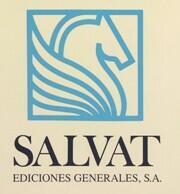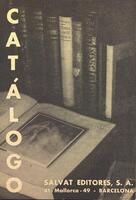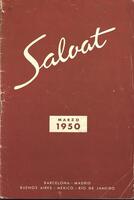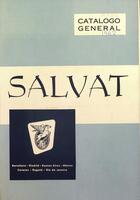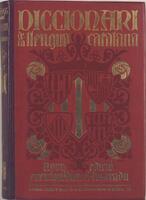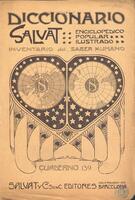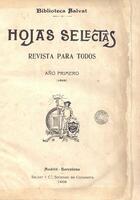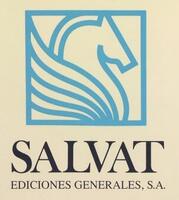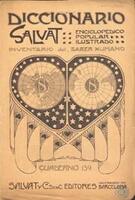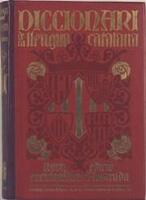Salvat Editores
(Updated 08/10/2024)
The Salvat imprint is known for its encyclopaedic works.
In 1898, Manual Salvat established Salvat e Hijo, a family-owned publishing house which was handed down from generation to generation until it was purchased by Hachette in 1988. Its origins date back to 1869, when Manuel Salvat i Xivixell created the family-owned company Espasa Hermanos y Salvat, which split off into two important companies, Espasa Hermanos and Salvat.
Search collections
Salvat Editores S.A. collection in the Arxiu Nacional de Catalunya (National Archive of Catalonia)
Catalogue of publishers and booksellers from the Bergnes de las Casas collection (Biblioteca de Catalunya)
Catalogue of publishers of Catalonia until 1939 (Biblioteca de Catalunya)
Catalogue of publishers of Catalonia from 1940 to 1975 (Biblioteca de Catalunya)
More information and documentation on the works produced
Llanas, Manuel. L'Edició a Catalunya. Segle XX (fins a 1939). Barcelona: Gremi d’Editors de Catalunya, 2005.
